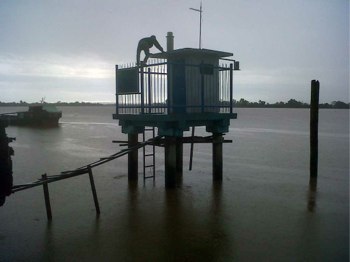In August Intel launched the Yocto Project Innovation Challenge to help showcase developers who are building – or simply imagining — Yocto-based embedded Linux applications and devices.
 They’ve asked embedded developers to share how they use, or plan to use, the Yocto Project, the open source toolset for building a custom embedded Linux distribution on any hardware architecture (and a Linux Foundation Collaborative Project).
They’ve asked embedded developers to share how they use, or plan to use, the Yocto Project, the open source toolset for building a custom embedded Linux distribution on any hardware architecture (and a Linux Foundation Collaborative Project).
Developers who enter have the opportunity to win monthly prizes—$50 ThinkGeek gift cards, Leatherman tools, and Yocto Project hoodies and blimps. And those whose entries are deemed to be top-notch also have the chance to win solid-state drives and custom infographics that showcase their work.
To help inspire your own Innovation Challenge submissions, here are three real-world examples of Yocto-based projects. To enter the challenge, visit yoctoprojectchallenge.intel.com.
1. Environmental Remote Monitoring
Engineering services company Hydrosix created a custom embedded Linux OS to run a large network of intelligent monitoring stations in flood-prone areas of Indonesia, using the Yocto Project. Sensors built from full-featured embedded processors collect data on rainfall, surface and groundwater levels, water flow rates, temperature and humidity and send the information, along with photos, back to central facilities for monitoring and analysis.
2. Digital signage
Taipei-based QNAP builds its intelligent, connected digital signs using the Yocto Project. Running their custom embedded Linux OS, the signs provide interactive content based on location, time of day and weather similar to information screens at airports.
3. Building automation and energy management
ADI Engineering, which specializes in custom embedded products, uses the Yocto Project’s common embedded Linux components as the framework for building custom board support packages, faster. In three months the company made a custom BSP and three prototypes to run Java-based software stacks for a customer’s third-party building automation and energy management products.

